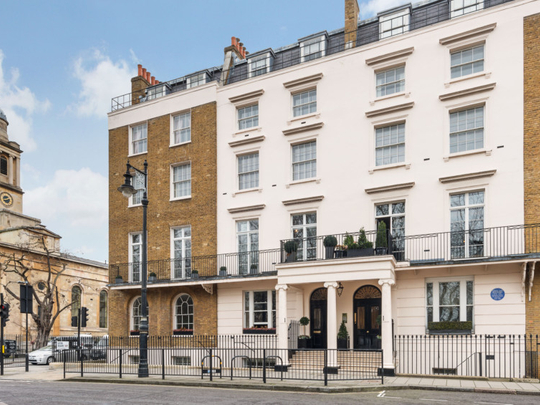
While international buyers have been familiar with the UK property market for many years and know what type of property they are looking for, which locations they favour and even what price point they should expect, another aspect many may not be so accustomed to is the different levels of ownership available to them. The British system is unique in that there are distinct pros and cons to each of the different types of home ownership and understanding these differences is vital in determining whether your property is a viable asset.
Put simply, a house in the UK is typically owned on a freehold basis, meaning that you own the property and the land it is on. However, if you own a flat, it is more than likely that you own it on a leasehold basis, with the freeholder or landlord controlling how many years you can own the property for and perhaps imposing restrictions on the owner, such as banning sub-letting.
Many leases are granted on a 99-year term, while some run for 999 years. Usually once a property has less than 50 years remaining on its lease, we begin to see owners enquiring about the process of extending to 100 years plus, which is very simple to do.
Pied-à-terre
Short-lease properties are attractive to a very specific type of buyer; those who are looking for a property that will offer a certain lifestyle. We often find these buyers are seeking a pied-à-terre close to London’s most iconic locations and have disposable income to top up the lease when needed. For second-home buyers, there is also the additional benefit of saving significantly on the stamp duty tax that comes with owning a second home in the UK. As such, buyers of short-lease properties can ease the financial burden caused by additional government taxes and free up considerably more disposable income to enjoy the elite lifestyle they have obtained.
What’s more, with the London super prime market consistently seeing price drops due to Brexit and stamp duty changes, purchasing a short-lease property, where the ownership terms are more flexible, offers an attractive option to live within a prime postcode with more security than renting can offer, while not worrying about current market conditions.
Short lease
We are currently marketing a short-lease property in Eaton Square, Belgravia, and while many would believe that the short lease on the property would serve as a deterrent, we have found that many international buyers, particularly from the Middle East, have found this unique factor to be extremely attractive.
This is not only because it is located in London’s prestigious Eaton Square, which has been named the most desirable place to live in Britain, and perhaps the whole of Europe, but because it offers the opportunity to adopt an attractive apartment in this enviable postcode at a fraction of the cost. The property was originally granted for a 20-year term, and now has two years and nine months remaining. In accordance with Grosvenor’s lease extension policy, a new 20-year lease may be granted, subject to negotiation with The Grosvenor Estate.
Favourite
Eaton Square has always been an iconic location for residential investment among buyers from the Middle East, more so than ever before due to the regeneration taking place in nearby Victoria and the proximity to great schools. Short-lease properties present excellent value as they can be snapped up for as little as a third of the cost of an average property in the area. Unsurprisingly, homes in this sought-after region do not come on the market often, but when they do, the interest tends to be almost entirely from overseas purchasers.
Although many buyers tend to be anxious about having to go through the process of a lease extension, it is actually a much simpler process than many realise and the benefits of a short lease can far outweigh the challenges for the right buyer.











